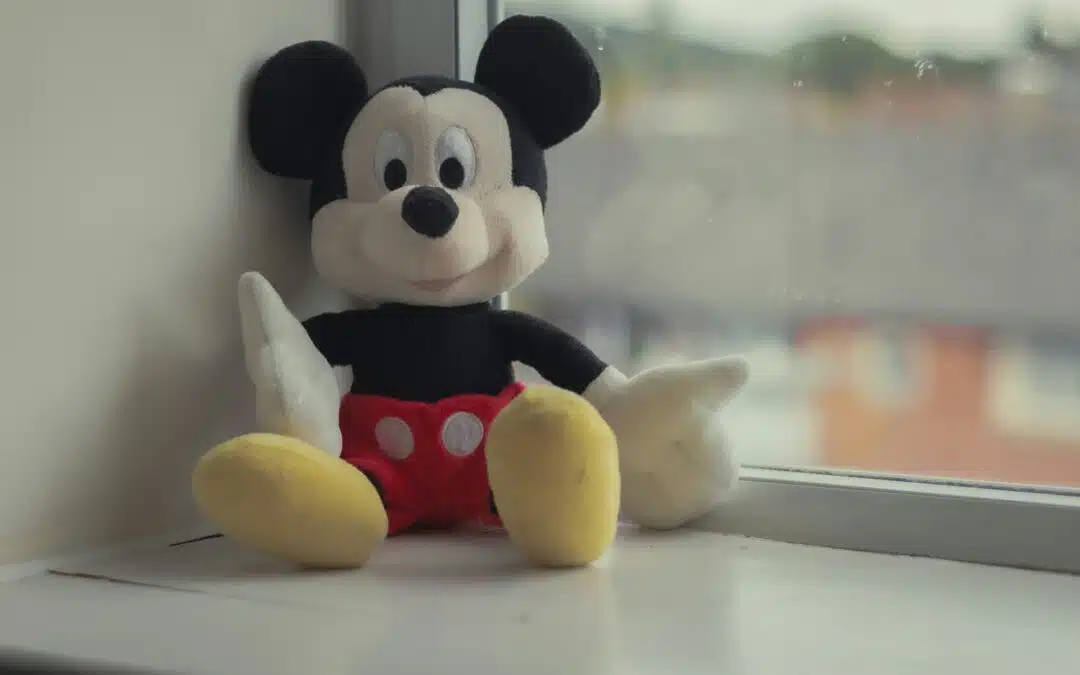It was a sneak attack. Distracted by rising precious metal prices and thoughts of catalytic converter thieves armed with cordless Sawzalls, I was not prepared for the real threat. The enemy was massing nearby, preparing for a long winter campaign.
Lacking in technology, it compensated with sheer numbers. And some bio-weaponry.
Bio weaponry? Mice are the leading agents for the spread of deer ticks and Lyme disease. By far. Deer get the bad press, but mice, chipmunks, and shrews are the true reservoirs for the disease.
Where was I? Oh, yes, mice and my Prius. Not just my Prius, your Prius too. The Prius is particularly susceptible to rodent damage. Its wiring is a rodent taste treat, and the vehicle design offers a host of access points for small, four legged hitchhikers.
Own a Prius and you’re still not worried? No mice in your well maintained suburban home? Perhaps, but beware; they are all around it. White footed (“field”) mice populations average about 4-12 mice per acre. Deer mice, another common variety, have a similar population density (up to 11 per acre). And let’s not forget “house” mice. House mice populations in the wild range from 1 per 10 square meters up to 100 per square meter, depending on the local conditions.
The enemy is everywhere. Waiting. Probing your defenses.
In my case, the first sign of attack was a pile of leaves on top of the engine. Once that debris was removed, the next indicator was a large hole chewed into the under-hood insulation. My hood had been filled with nuts. Even now, $400 in repairs later, the nuts rattle around like a shaken maraca when I open the hood; it was impossible to remove them all.
I will spare you further details, except to say that “detailing” is another post attack must. In the Boston area, interior-detailing costs run about $250. So, with traps, new cabin filters, dryer sheets and other deterrents, my defense-related spending is approaching $800.
It won’t end there. Once compromised, a car is far more likely to attract more such visitors in the future.
They are out there, waiting, planning.

Peter has spent the past twenty-plus years as an acting/consulting CFO for a number of small businesses in a wide range of industries. Peter’s prior experience is that of a serial entrepreneur, managing various start-up and turnaround projects. He is a co-founder of Keurig.

